Estonian émigré Illar Muul – a virologist, a flying squirrel researcher, a protector of the rainforest and an engineer of canopy walkways – was relatively unknown in the country of his birth; now a new exhibition in his honour at the Estonian Museum of Natural History introduces him in his homeland, the curator of the exhibition, Leida Ojasoo, writes.
Illar Muul, who was born on 18 February 1938 in Saaremaa and died on 8 May 2020 in the US, remained relatively unknown in Estonia during his lifetime, while making a name for himself in the global scientific circles. This was due to his war refugee status and the Iron Curtain that sealed Estonia off from the rest of the world.
After Muul’s death, his materials ended up in the Estonian Museum of Natural History by a lucky chance. In March, the museum opened a small exhibition, “Illar Muul – A Man from the Treetops”, in his honour to introduce him in his homeland.
Muul is known in the scientific world in several fields – mainly as a virologist, a flying squirrel researcher, a protector of the rainforest and an engineer of canopy walkways.
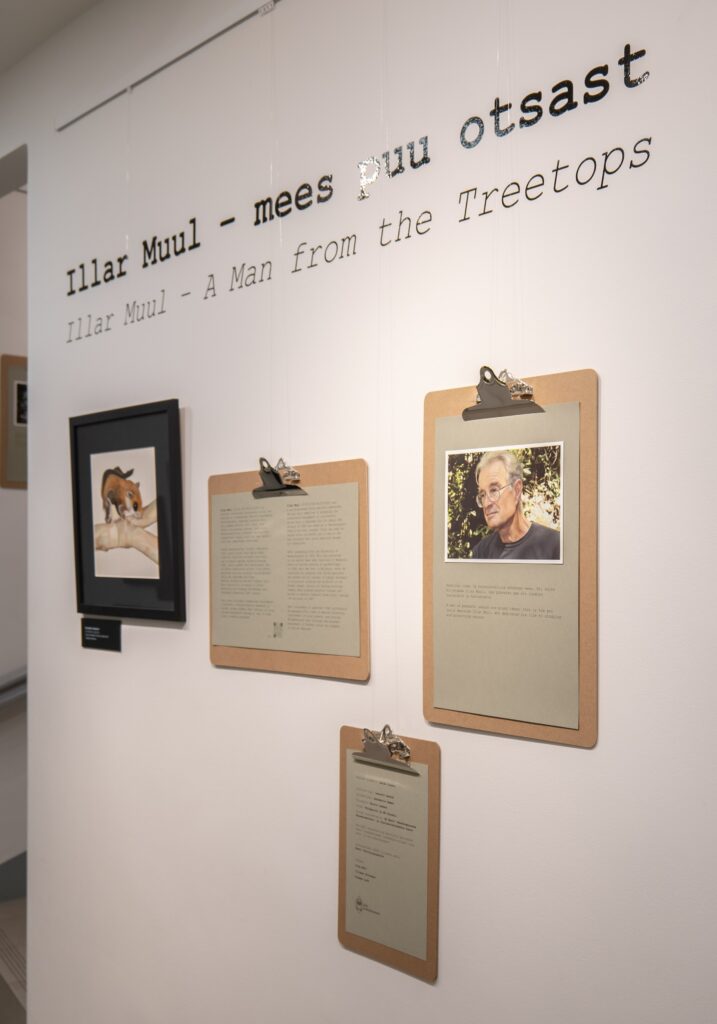
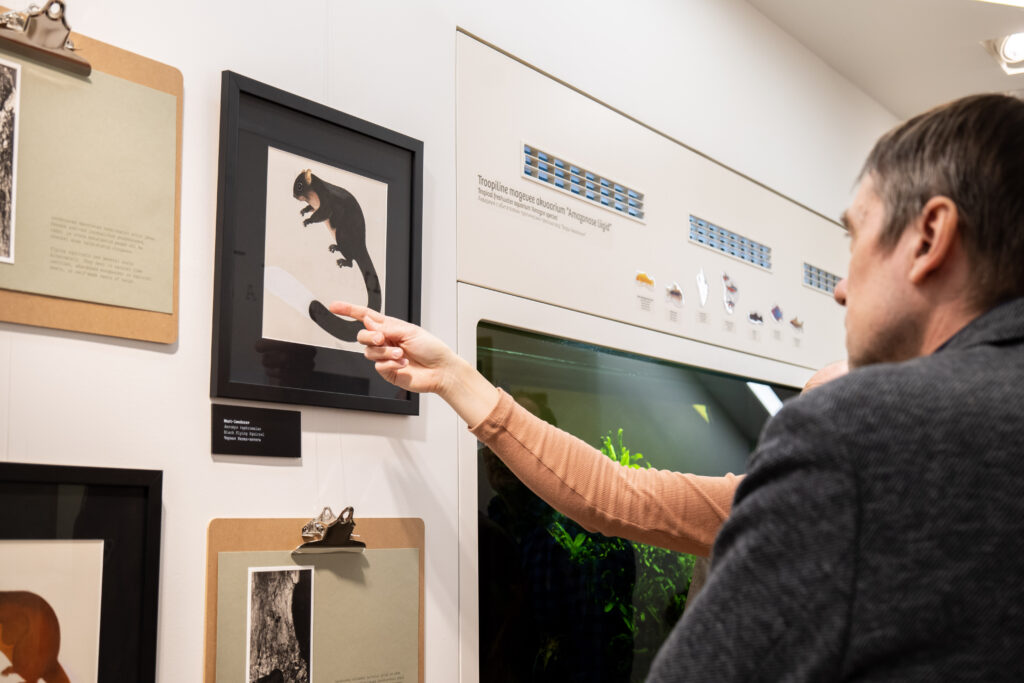
Although his family fled Estonia to escape the war and he grew up in Massachusetts, the US, he retained the love and respect for nature characteristic of Estonians. His love for nature and animals accompanied him throughout his work and private life and were passed down to his children. Muul started to study flying squirrels already as a schoolboy, and these cute creatures always remained close to his heart.
Building canopy walkways in Malaysia while working for the US military’s medical research
In the 1970s and 80s, he worked in the field of virology in the medical research department of the US military. His military service took him to Malaysia, where he participated in various working groups. Among others, they studied viruses transmitted by flying insects, described their transmission cycles and addressed the issues of environmental pollutants.
While studying flying squirrels in rainforests and climbing trees several dozens of metres above ground, Muul got an impulse for building canopy walkways. Climbing up and down trees daily was a time-consuming and physically burdensome undertaking. The forest canopy was where the creatures he was studying lived but it was hard to reach. To simplify the work, Muul constructed suspended walkways between treetops with the help of locals to allow people to move with ease in the canopy.
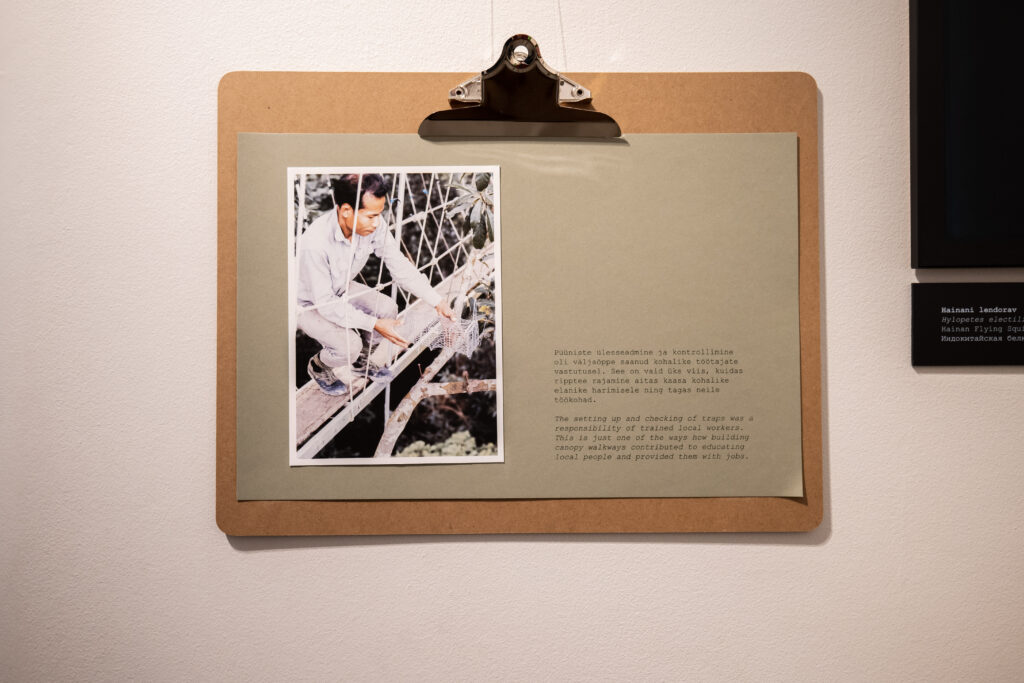
The walkways still play an important role in studying the biodiversity of the rainforest. They facilitate studying not only the animals and birds living mainly in the canopy but also the ecology of plants. By now we know that if we study trees only from the ground, we understand just a tiny fraction of the whole.
The contribution of Illar Muul as a researcher of flying squirrels is still felt today. His in-depth studies of nearly all the world’s flying squirrel species provide a basis for today’s research. In addition to describing the species, Muul also investigated the ecology and interrelations between the species.
Protecting the rainforest and improving local living standards
Equally important is the scientist’s great interest in local cultures and people in the countries he stayed in. He was a philanthropist whose passion, next to protecting the rainforest, was to improve the living standard of locals.
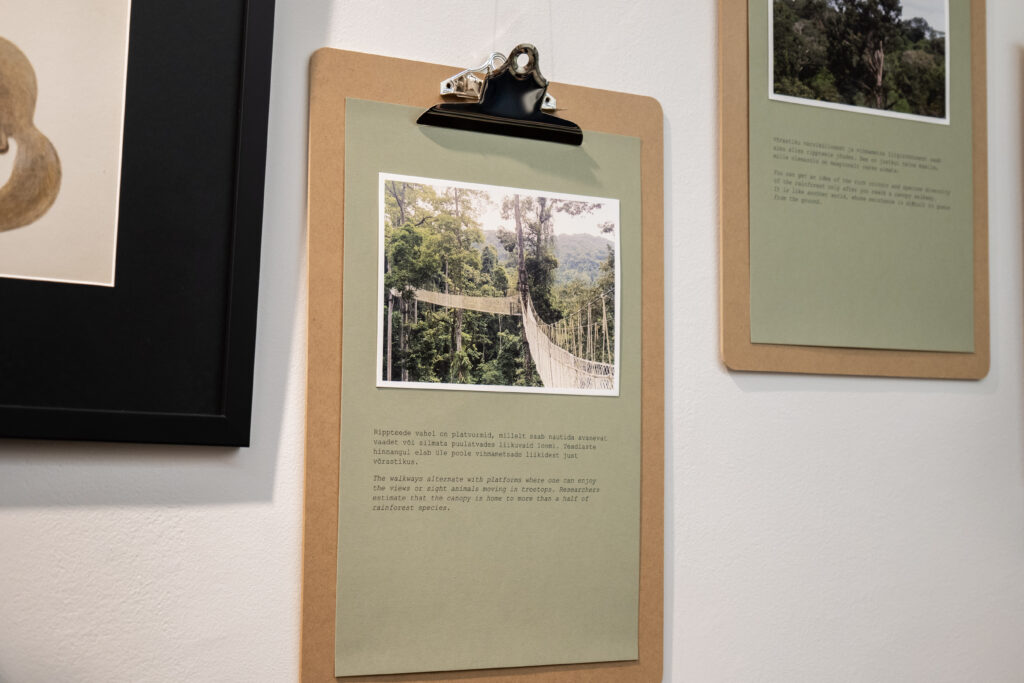
Illar Muul saw both social and economic problems and strived to solve them in tandem. His projects of sustainable management of rainforests are logical in today’s context but in the 1990s he was a real pioneer. This was a time when sustainable forest management and nature tourism were not yet so widespread.
The canopy walkways he introduced provided a sufficient impelling force for developing nature tourism to make the projects successful. The entrepreneurship that arose from the projects not only contributed significantly to the preservation of the rainforest as an ecosystem but also improved the living standard of local people.
Muul was active in nature conservation and environmental protection mainly after the end of his military career. The path of his life took him to rainforests that were threatened, among others, by overcutting. His approach was that rainforests cannot be “locked up” to protect them. A forest has to be managed without ruining its ecosystem.
Combining American and Estonian values
The solutions he suggested included growing different economically useful species instead of monocultures and developing ecotourism. It is difficult to guess from the ground what a sight and diversity of species opens up when you reach the canopy level. Illar was an entrepreneur who was able to “sell” the rainforest without damaging it.
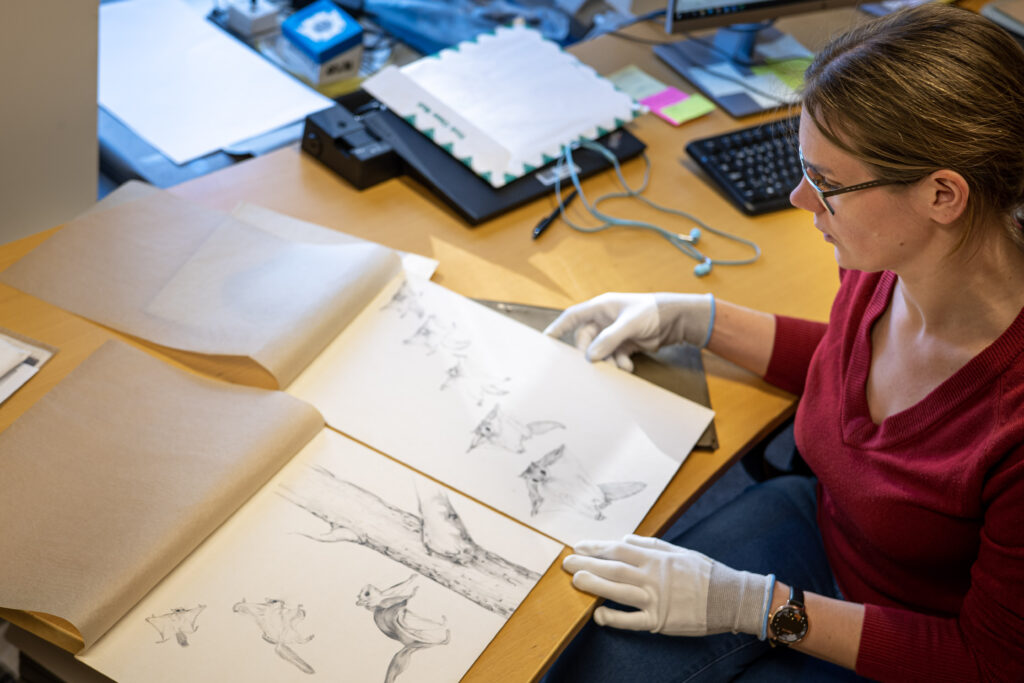

The close friends and relatives of Illar Muul describe him as a man of broad horizons and high-flying ideas. He managed to be active in several fields during his lifetime and left his footprint in each of them. He went in-depth into everything he undertook and was never afraid to learn new things.
His entrepreneurial spirit and motivation to realise his ideas was the influence of the American way of life, which inspired him for his entire life. The values of the American and the Estonian cultural space met in the most delightful way in Illar Muul. Without this, the world would certainly be poorer.
The exhibition, “Illar Muul – A Man from the Treetops”, is open at the Estonian Museum of Natural History until 20 August 2023.

